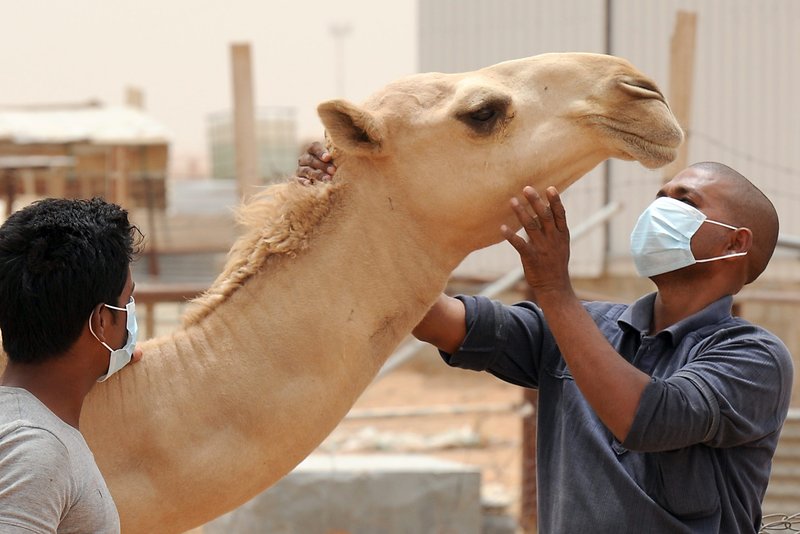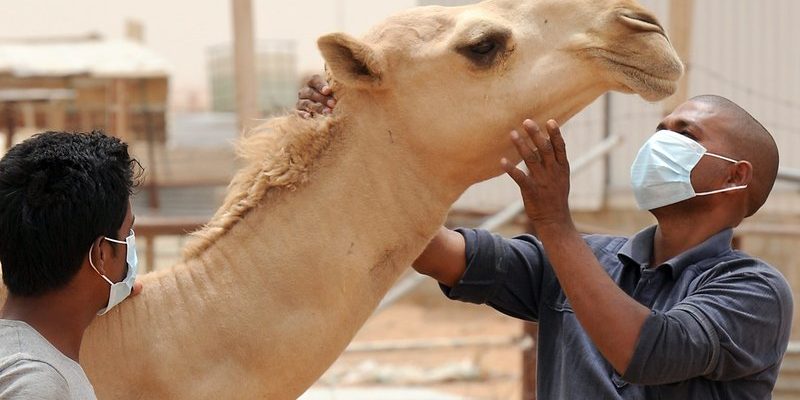
Camels are often referred to as the “ships of the desert,” gliding across the sands with ease. They are well-adapted to harsh environments, making them valuable to people in arid regions. However, the relationship between camels and humans isn’t always smooth sailing. In this article, we’ll explore when camels might pose a threat and why understanding their behavior is so important.
Understanding Camel Behavior
Camels are social animals, often living in groups called herds. This herd mentality can affect their behavior significantly. You might be wondering, what does this mean for humans interacting with them? Well, camels have a strong hierarchy within their groups, and disturbances in that hierarchy can lead to aggressive behavior.
For instance, if a person gets too close to a dominant camel or their young, the animal may feel threatened and react defensively. Think of it like a dog that feels its territory is being invaded; camels can be similarly protective. It’s essential to respect their space, just like you would with any large animal.
In addition to hierarchy, camels are known for their unique body language. Their physical cues can tell you a lot about how they’re feeling. For example, a camel that’s swishing its tail might be agitated or annoyed. So, if you’re near one and start to notice these signs, it’s a good idea to step back and give them some room.
Potential Dangers: When Camels Can Be Aggressive
While many people think of camels as calm and docile, they can be surprisingly aggressive under certain circumstances. One common cause of aggression is stress. Just like people, camels can get overwhelmed, and when they do, they may react negatively.
A stressed camel might kick, bite, or spit—a reaction that can be quite startling. For instance, if a camel feels trapped or cornered, it could lash out. This behavior is often seen during transport or when people try to handle them without proper experience. If you ever find yourself in a situation like this, it’s best to keep a safe distance!
Additionally, male camels are known for their aggressive behavior during mating season. During this time, they tend to exhibit heightened levels of aggression, especially towards other males. If you see a group of camels during this time, it’s a good idea to keep your distance. Their powerful jaws and strong legs can cause serious injuries if they decide to act out.
Health Risks Associated with Camels
Aside from aggression, camels can also pose health risks to humans. One of the most notable is the potential transmission of diseases. Camels are known carriers of several zoonotic diseases—those that can jump from animals to humans.
For example, camels can carry the Middle East Respiratory Syndrome (MERS) virus, which can lead to severe respiratory illness. While the risk of transmission is relatively low, it’s essential to be aware, especially if you work closely with these animals. Good hygiene practices are a must when handling camels.
Additionally, camels can also be hosts to parasites. These tiny critters may not seem dangerous at first, but they can lead to various health issues in humans. Intestinal parasites, for instance, can cause gastrointestinal problems. If you’re ever in close contact with a camel, washing your hands thoroughly afterward can help minimize any health risks.
How to Safely Interact with Camels
If you find yourself near camels—whether on a farm, during a ride, or at a petting zoo—there are simple ways to ensure your safety. First off, always respect the animals’ space. Maintain a safe distance, especially if they appear agitated or stressed.
If you’re in a controlled setting where interaction is encouraged, approach slowly and calmly. Avoid sudden movements or loud noises, as these can startle camels. When feeding them, offer treats gently and from an open hand, keeping fingers clear in case they get too excited.
Here’s a quick list of safe practices:
- Stay calm and quiet around camels.
- Approach slowly and from the side.
- Never attempt to touch or grab a camel without permission.
- Watch for body language—back off if they seem agitated.
Following these tips can lead to a more enjoyable experience and help foster a safe environment for both you and the camel.
Cases of Camel Attacks
Though camel attacks are relatively rare, they do happen. Understanding some documented cases can shed light on why these incidents occur. Many attacks often arise from miscommunication or misunderstanding between humans and camels.
One well-known incident involved a tourist who tried to get too close to a camel while it was feeding. The camel, feeling threatened, kicked the tourist, resulting in some severe injuries. This case emphasizes the importance of respecting animals’ boundaries, just as you would with a wild animal that you might encounter in nature.
Another sad example involved a handler who worked with camels daily. During mating season, the male camel became aggressive. The handler, thinking he could manage the situation, ended up getting bitten. This serves as a reminder that even experienced individuals should never underestimate the power of these animals.
So, can the camel be dangerous to humans? The answer is yes, but with some understanding and caution, you can enjoy these magnificent animals while minimizing risks. Camels, like all animals, have instincts and boundaries. Recognizing their behavior and respecting their space can lead to safe and positive interactions.
Whether you’re interested in camels for work, travel, or simply out of curiosity, always keep the importance of safety in mind. By learning more about these creatures, we can appreciate their beauty while also understanding the need for caution. So, the next time you see a camel, take a moment to admire its unique grace—but remember, respect is key!

